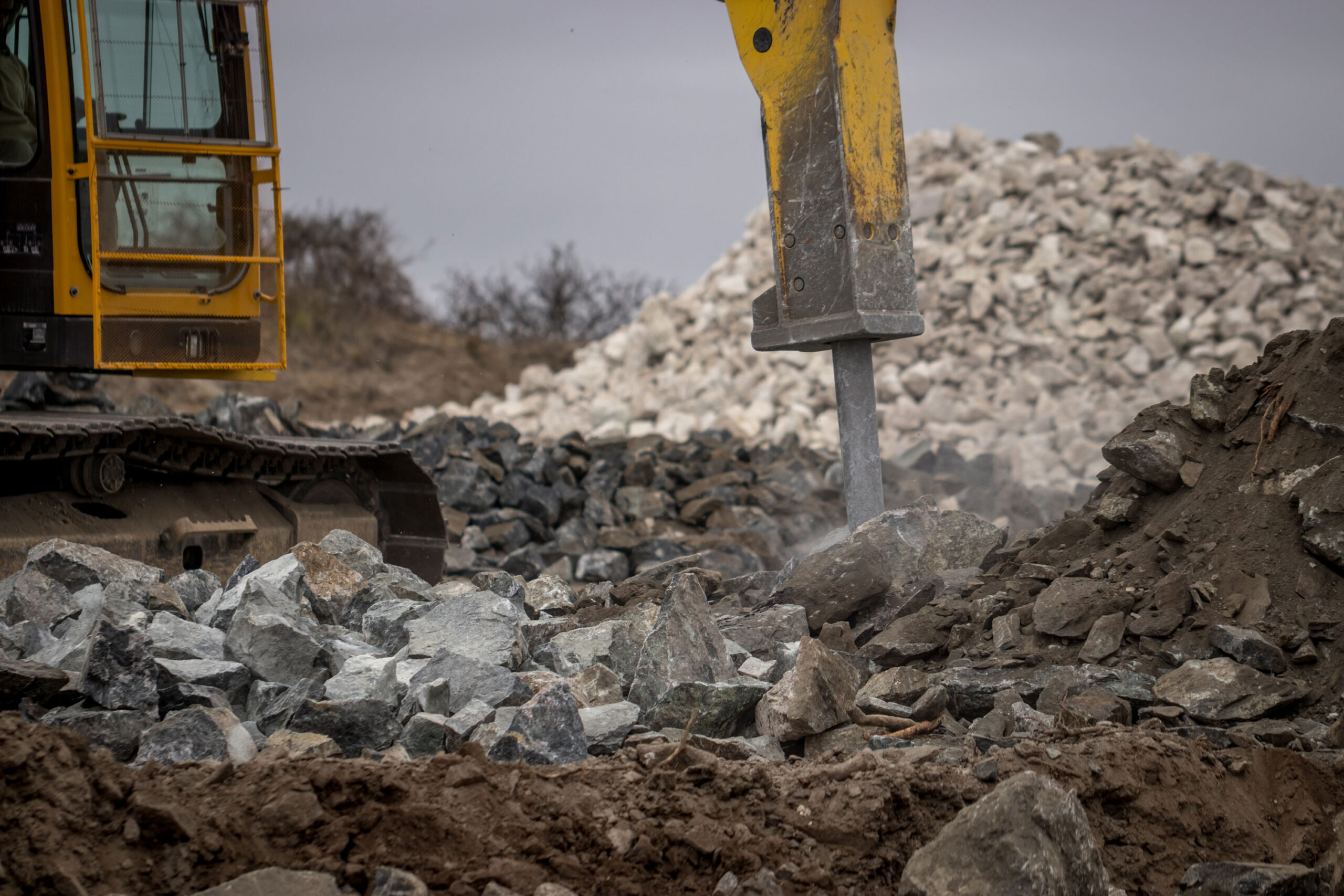Every rebuild follows the same basic stages once it arrives at our facility:

1) Drop off or shipping of hydraulic hammer to Fel-Tech facility. We can facilitate inbound logistics for you. We are also happy for you to drop off your hammer yourself, or receive the shipping truck. It’s best to contact us before shipping or drop off so we know to expect you, but it’s not required! Our customers ship hammers to us from all over the country, as well as delivery within the North East region. If you drop it off yourself we will give you a tour of our shop when you’re here if you’d like, too!
2) The hammer is evaluated for condition. Some repairs are simple and can be completed while the customer waits. More typically the hydraulic hammer must be completely disassembled and inspected for damage, wear, and tolerance.
3) We prepare a quotation for rebuild or repair of your hammer. Where appropriate, we will provide several repair options, and will take the time to discuss the situation with you. Unfortunately, we are not able to provide final repair estimates without disassembling the hammer as it is impossible to fully understand what is needed until we look inside. For planning purposes, we can offer a directional cost estimate based on similar past rebuilds. During the quotation process, we indicate which required parts are in-stock vs. any that we might need to order in. We also provide a timeline for completion of the rebuild.
4) The customer approves the repair
5) We rebuild the hydraulic hammer. Because we’ve already completed the inspection before quoting the rebuild, you know your cost. We don’t play any bait-and-switch games where we quote a low price up-front to try to win your job and then come back to you later with a bunch of hidden costs. All replaced parts are available for your inspection.
6) We test the hammer. This is important. Fel-Tech has the only fully-vertical test stand in North America. The only proper way to completely and fully test the operation of a hydraulic breaker is in the vertical orientation. This eliminates the potential damage caused by horizontal testing, and properly simulates the operational environment where the hammer will be used. Some other rebuilders don’t test at all, and some just pressure test the hammer to see that it’s not leaking. They don’t actually operate the hammer. By properly fully operationally testing every rebuilt hydraulic hammer before it leaves our facility, you can be confident that the hammer will function correctly when you put it back to work.

